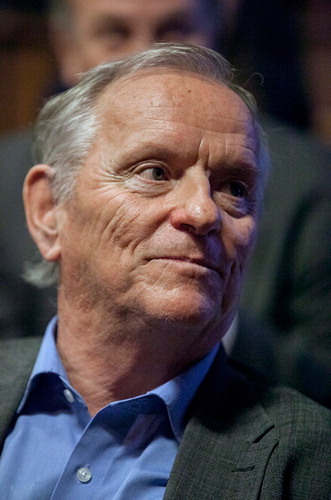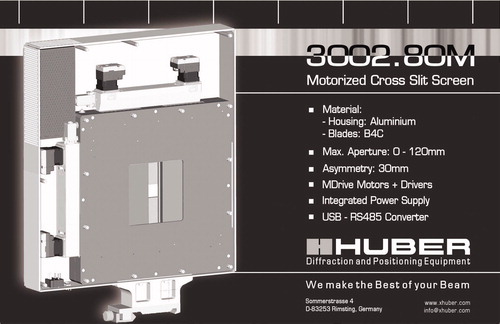(Photo Credit: Viktor Zdrachal)
With much sadness we say farewell to Helmut Rauch, who passed away on September 2, 2019.
Just a few months after celebrating Helmut’s 80th birthday in January, the Atominstitut in Vienna was designated by the European Physical Society (EPS) as an EPS Historic Site. On this occasion an international symposium, “Quantum for ever” (or Quantum4ever) was organized in Helmut’s honor and featured modern developments in quantum physics and quantum optics, and in particular, quantum interferometry. This method, developed by Helmut together with Ulrich Bonse and Wolfgang Treimer, had its origin in the first perfect crystal neutron interferometer set up at the 250 kW TRIGA reactor in Vienna in 1974.
Helmut elegantly demonstrated the Schrödinger wave nature of neutrons, which are massive particles, for the first time by using interference. In this ground-breaking experiment published in 1974, neutron waves were coherently split and recombined after having traversed a macroscopic distance of several centimeters, resulting in an intensity modulation that could be measured as a function of the different optical path lengths.
Many spectacular experiments followed in the fields of neutron optics, quantum physics, neutron interferometry and reactor physics. Perhaps one of the most elegant and fundamental ones is the demonstration of the 4π symmetry of spin 1/2 particles and spin superposition. In this experiment, it was shown that the wave function is reproduced only after a spinor rotation of 4π and not after a rotation of 2π, where a “-1” appears. Further, at the Atominstitut, Helmut and his team verified the non-separability and non-locality of quantum physics and the violation of a Bell-like inequality by single neutron interferometry. He contributed significantly to methodical developments advancing our understanding of fundamental neutron physics and how to manipulate neutron beams. Moreover, neutron interferometry has become one of the most accurate methods to determine neutron scattering lengths. Through his work, he influenced and stimulated the neutron community in various fields for more than 50 years. The ILL spread the information resulting from Helmut’s effort in compiling and updating experimental values for scattering cross sections, producing the most frequently consulted chapter in ILL’s neutron data booklet, which he wrote together with W. Waschkowski.
Helmut was born in Krems (Lower Austria) and went to school in Pinkafeld before graduating at Bundesrealgymnasium Oberschützen. He studied technical physics at Technische Universität Wien. As one of the first thesis students at the Atominstitut, he worked on non-isotropic beta-decay following the absorption of polarized neutrons. From 1972, he was Professor of Experimental Nuclear Physics at TU Wien and Director of the Atominstitut.
Helmut’s experiments inspired a new generation of physicists and established a circle focusing on the foundations of quantum mechanics. Graduate students of Helmut include, among others, Anton Zeilinger, Kurt Binder, and Heinrich Kurz, who work in the fields of quantum optics, statistical mechanics, and semiconductor and nano-technology, respectively. However, many students of Helmut also work outside academia, often holding positions of leadership and responsibility in diverse fields, thus widely disseminating Helmut’s analytical skills and inventive thinking.
Helmut, together with Sam Werner of U. Missouri and NIST, authored a popular book, Neutron Interferometry that was published by Oxford University Press, with the 2nd edition printed in 2017.
Helmut was a member of the Austrian Academy of Sciences, the German National Academy of Sciences Leopoldina, and the Academia Europea. He received numerous national and international awards, including the Schrödinger prize (1977), Ernst Mach Prize of the Czech Academy of Sciences (2000), Ludwig Wittgenstein prize (2006), Walter Hälg prize of the European Neutron Scattering Association (2015), and the Austrian Decoration for Science and Art (2015), the highest distinction in science and arts of the Republic of Austria.
Atominstitut, Vienna Institute of Technology, Vienna, Austria
Gerhard Krexner
University of Vienna, Vienna, Austria Hartmut Abele
Atominstitut, Vienna Institute of Technology, Vienna, Austria
Gerhard Krexner
University of Vienna, Vienna, Austria


